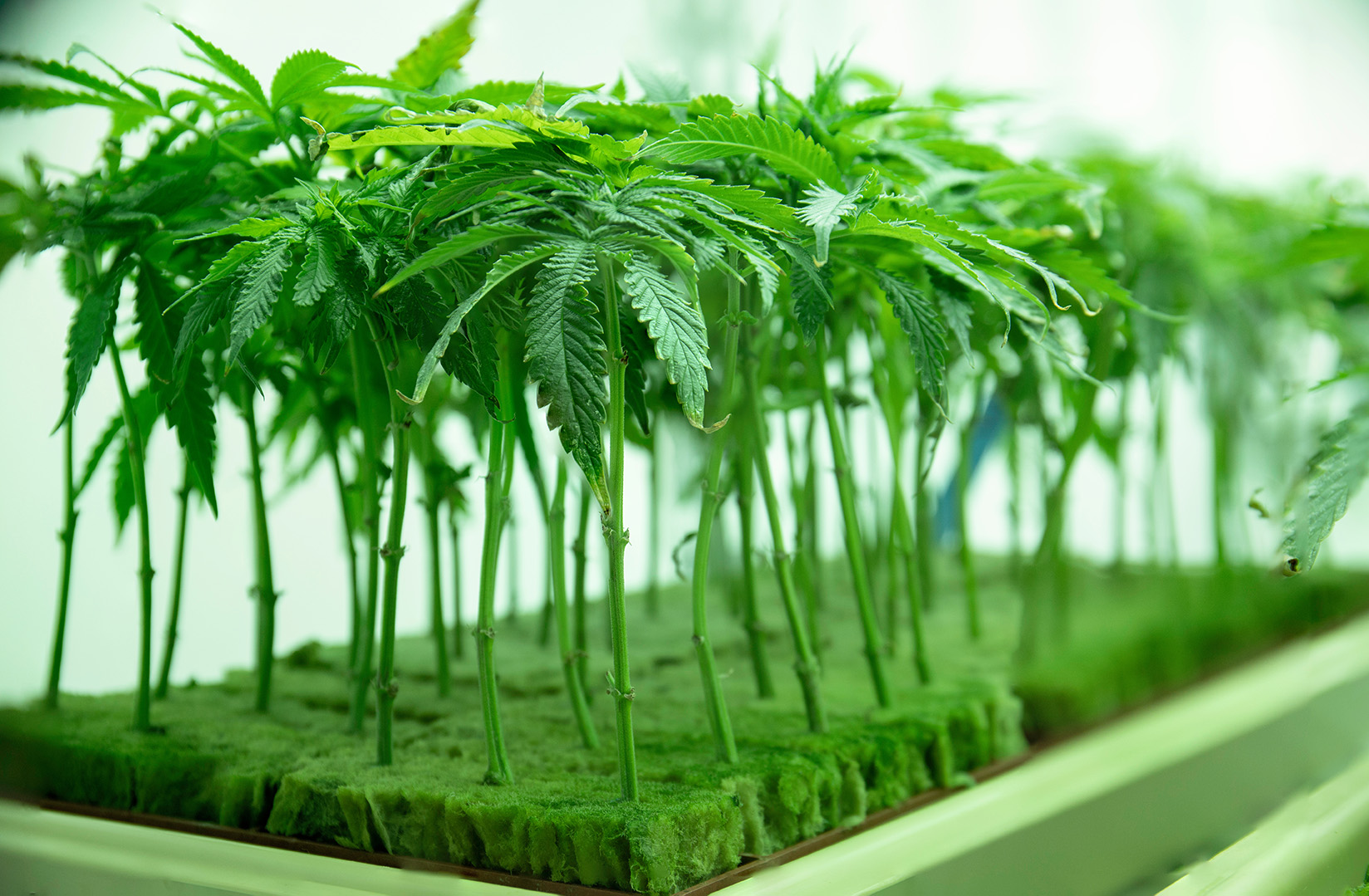Over the years, the most common method of using cannabis has been inhalation of the dried flower through a joint, pipe or bong. Since legalization and introduction of 3.0 products, there are now a wide variety of options. It can be very confusing and overwhelming to choose the product that is going to best suit your needs.
Here are two inhalation options; this will help you decide more easily what method is proper for you.
What is Cannabis Dried Flower
Dried Flower is commonly known as a “bud” it consists of many tiny flowers all clustered together. These flowers have very tiny round bulbs that are called trichomes, and they contain many different cannabinoids like THC & CBD, as well as many terpenes. These trichomes also appear like crystals all over the bud, and they are what makes the bud sticky. Dried Flower is quite versatile and can be used for many methods of cannabis consumption. It can be inhaled by a joint, pipe, bong, or vaporizer, but it can also be used to make topicals, capsules, oils, edibles, and many other things.
Benefits
- easily accessible and more affordable.
- can be grown on your own.
- Unprocessed
- known to be more flavorful as the terpenes remain in the product even after an infusion. Terpenes are what give the flower its distinctive flavour and aroma and have some health benefits as well.
- dry herb vaporizer doesn’t burn at a combustion level and creates smoke which can be harmful to your lungs. You can control the temperature while preserving the terpenes and cannabinoids and only creating a vapour instead of a cloud of harmful smoke.
- Can be easily activated and infused into an oil for other uses like topicals or edibles or ground up and put into capsules.
Disadvantages
- May not be potent enough
- Unpleasant flavour and smell for some people
- Needs to be stored properly
- Chances of mould or pesticide exposure
- Harder and more time-consuming to incorporate into edibles than concentrates
What are Cannabis Concentrates
Concentrates are becoming increasingly popular these days and come in a variety of forms. Many names you may have come across would be rosin, shatter, hash, kief, live resin, diamonds, plus others. Consumers seem to steer clear of concentrates because they either don’t know what to do with them or they think they are too potent.
Concentrates are the process of extracting cannabinoids from the plant material through different methods, ultimately leaving you with a more concentrated level of cannabinoids than the dried flower. You may have also heard of the word extracts, which are a form of concentrate that is made using a solvent. These concentrates are typically known as shatter, tincture or RSO (Rick Simpson Oil). Concentrates are made through devices or physical means like a heated press, micron screens, Ice & water and other methods.
Concentrates can be consumed either on their own through inhalation devices or sprinkled into a joint, or incorporated into edibles just like dried flower.
Benefits of concentrates:
- Less cannabis flavour.
- Less product is needed to dose with
- Very versatile and incorporates very nicely in ingredients for edibles compared to a dried flower oil infusion which can be frustrating trying to get the oil incorporated properly and can result in an undesirable product, where concentrates dissolve very quickly into cooking ingredients.
- More effect for clients with a higher tolerance level
Disadvantages of concentrates:
- More expensive
- Not as easily accessible
- Harder process to make your own
- Need certain devices to inhale
- Not as many terpenes
- Increased risk of solvent residue if not purchased from a licensed producer
Dried flower is a great option for a lot of people; however, some people may need higher doses of cannabinoids at a time to achieve the results they are looking for. This is where a concentrate may be of value. Don’t limit your options and if you have any questions reach out to your cannabinoid therapy educator or a health care professional.
